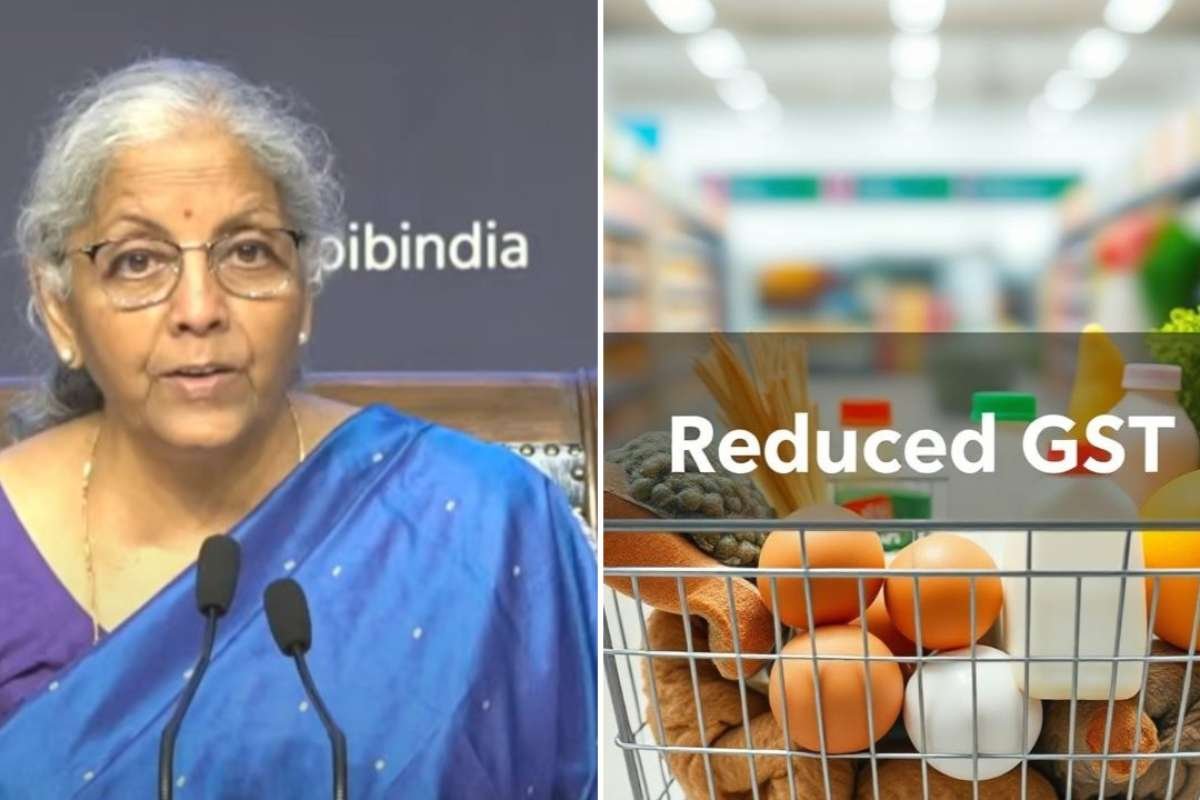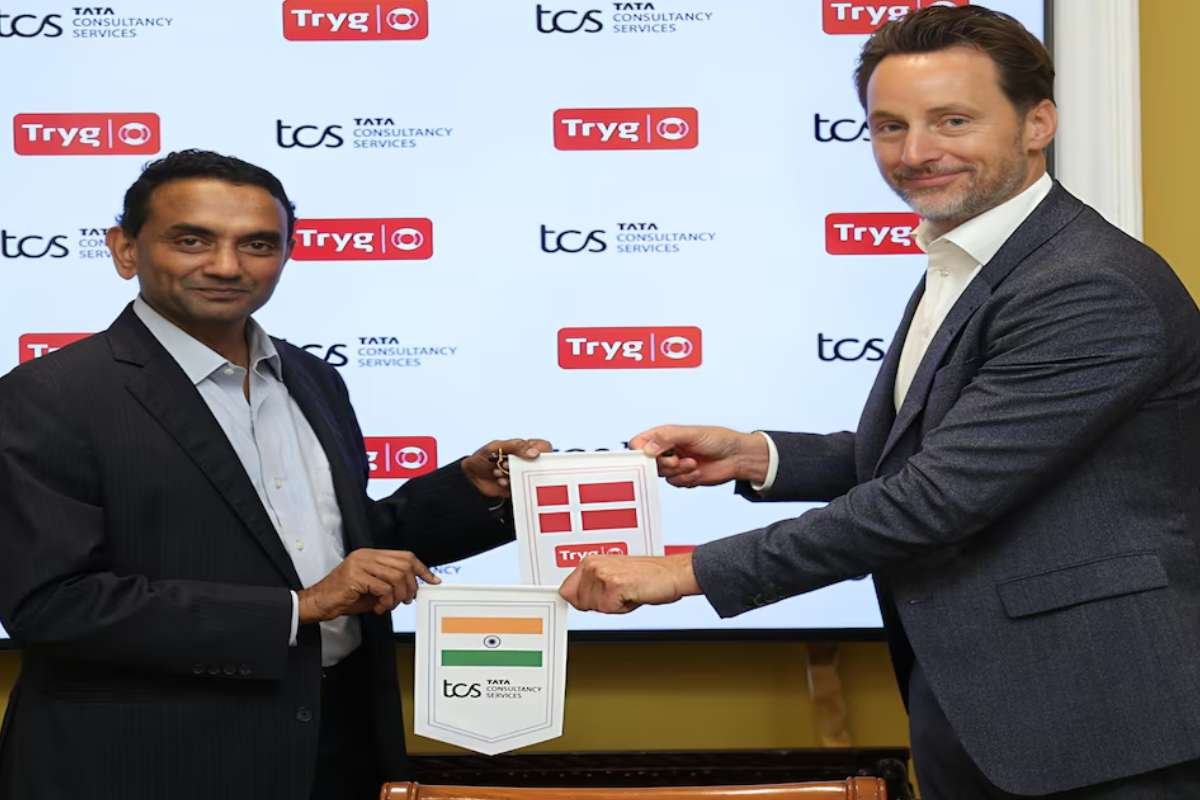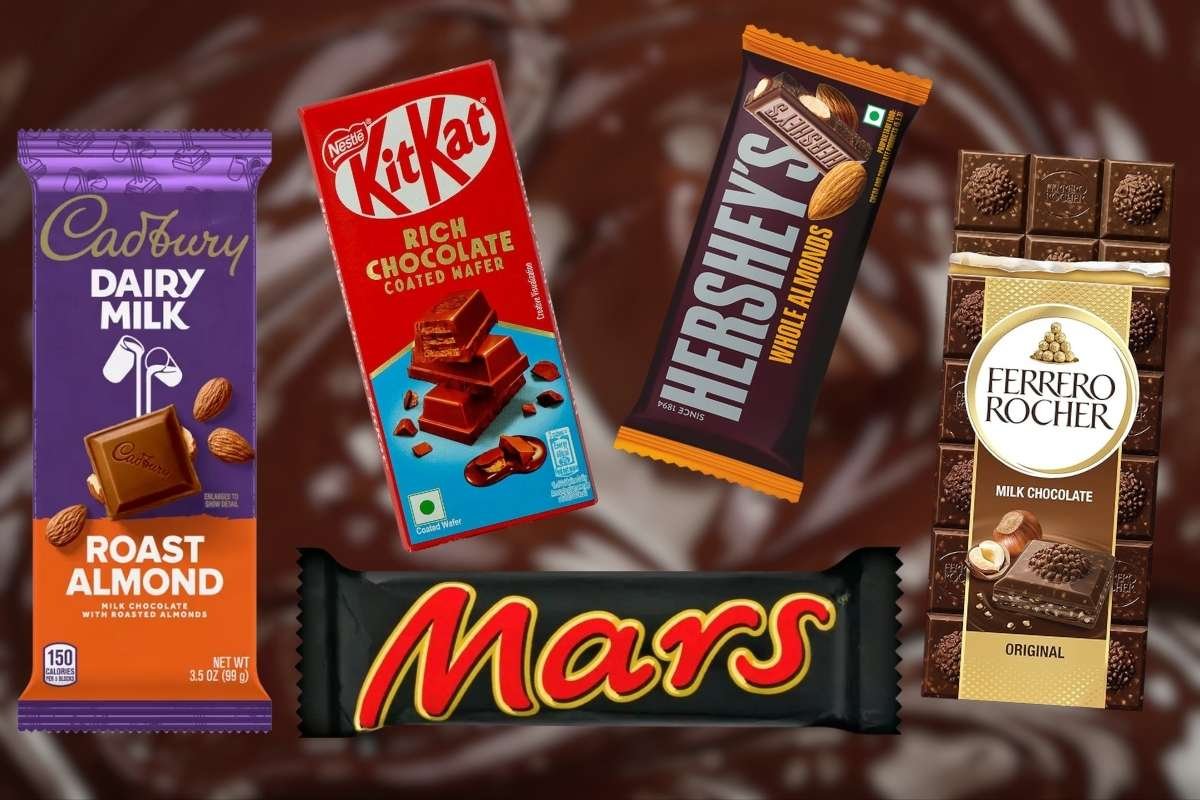Key Points:
- GST slabs reduced to 5% and 18%, with a new 40% rate for luxury and sin goods.
- Essentials like food, healthcare, and education items now attract lower or zero GST.
- Luxury vehicles, sugary drinks, and recreational services face steep tax hikes.
India’s GST cuts rates in a landmark overhaul, streamlining the tax structure to two primary slabs—5% for essentials and 18% for luxury goods and services—effective September 22. A special 40% slab has been created for select products such as high-end cars, tobacco, and carbonated beverages, marking a sharp departure from earlier rates. The move comes as the government seeks to stimulate domestic demand and offset pressure from new US tariffs on Indian exports.
Essentials and Daily Goods Get Cheaper
Households are set to benefit most from the changes, with many everyday items seeing tax cuts. Food staples such as chapatis, paneer, pizza bread, khakra, and ultra-high temperature milk will now attract no GST. Popular items like butter, ghee, cereals, dry fruits, jam, fruit juices, and even ice cream will fall under the reduced 5% rate, down from 18%.
Personal care products including soap, toothpaste, shampoo, talcum powder, and hair oil will be taxed at 5% instead of 18%. Similarly, household items such as tooth powder, utensils, umbrellas, bicycles, and bamboo furniture will become more affordable following a drop from 12% to 5%.
Healthcare has also seen significant relief. Life-saving drugs, medical-grade oxygen, thermometers, corrective spectacles, and diagnostic kits will either move to a nil or 5% tax bracket. Insurance premiums for individual life and health policies have been exempted from GST altogether.
Education and stationery items, including notebooks, pencils, crayons, and maps, will now be exempt, making them more accessible to students. Footwear and textiles, which affect mass-market consumers, will be taxed at 5%, down from 12%.
Cheaper Cars, Cement, and Agricultural Machinery
India’s GST cuts rates benefit transport and construction sectors, with motorcycles up to 350 cc and small hybrid cars now taxed at 18% instead of 28%, while electric vehicles remain at 5%. Cement sees a reduction from 28% to 18%, potentially lowering overall building costs.
Agriculture-related equipment will see tax cuts to 5%, covering tractors, soil-preparation machinery, harvesting equipment, sprinklers, hand pumps, and even bio-pesticides. Fertilizer inputs such as ammonia, sulphuric acid, and nitric acid will also benefit from reduced levies.
Air conditioners, dishwashers, and televisions have been moved down from the highest 28% bracket to 18%. Hotels charging up to ₹7,500 per room will levy just 5% GST, while economy-class air travel tickets will also attract the lower 5% rate.
Luxury, Tobacco, and Sugary Drinks Face Higher Taxes
India’s GST cuts rates on essentials but imposes steeper levies on luxury and sin goods, with aerated and caffeinated beverages now taxed at 40%, up from 28%. Sugary drinks and flavored waters also move into the highest tax slab under the revised structure.
High-end vehicles, including automobiles above 1,200 cc, motorcycles exceeding 350 cc, yachts, and private aircraft, will attract the 40% GST rate. Recreational activities such as casinos, race clubs, online money gaming, and lottery services will also move into the highest tax bracket.
Tobacco products remain under a 28% GST plus a compensation cess until loans taken to support states during the Covid-19 pandemic are repaid. After that, they will transition into the 40% slab.
Balancing Growth with Revenue
By streamlining the structure into two primary slabs, policymakers aim to simplify compliance, reduce costs on daily essentials, and support key industries like agriculture and construction. At the same time, the government is banking on higher levies from luxury and non-essential goods to balance revenue needs.
The India’s GST Cuts Rates, effective September 22, is expected to reshape consumer spending patterns, easing costs for households while placing a heavier burden on luxury consumption.
Visit Business Viewpoint Magazine for the most recent information.






